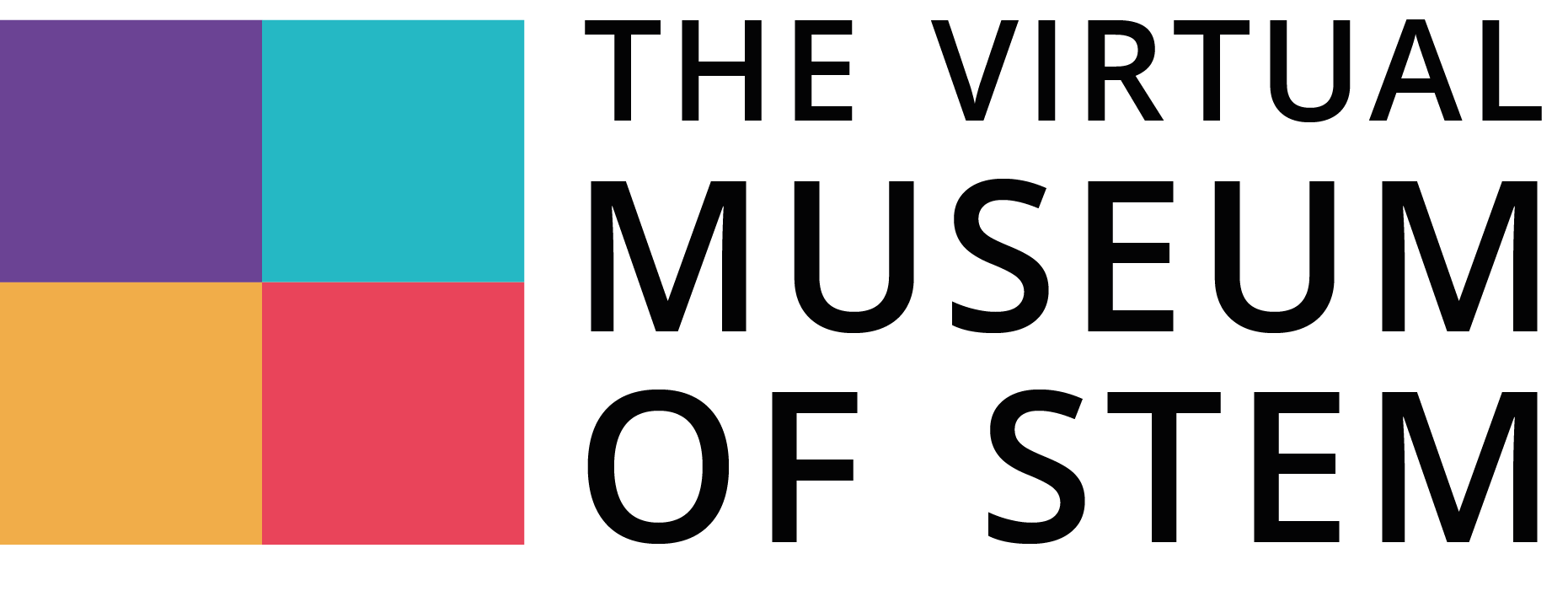Advantages of using Virtual Museums and other Virtual Learning Environments in the teaching and learning of STEM for DYS students
Digital Tools offer an array of opportunities to enhance students’ learning experience, particularly in STEM education. Virtual Learning Environments (VLEs), including Virtual Museums, transcend the traditional learning environment, which places students in the passive role of receiving information with the adults directing the learning experience by utilising the unique characteristics that modern technology offers in pedagogical settings.
Accordingly, rich graphics in a VLE allow for a completely immersive experience to be developed. This experience gives way to a student-centred approach to learning and concurrently promotes student motivation, assists in improving their engagement and, by extension, their participation in STEM subjects. Becker’s (2019) study of a group of 6th-grade students that used a VLE for a few months has demonstrated that VLEs have the potential to adapt to various styles of learning depending on the student, ultimately improving their learning. Furthermore, the teaching of complex and interdependent content of the STEM disciplines in non-formal educational environments becomes easier and more attractive for students.

Additionally, VLEs promote the development of positive learning setting along with an environment that further benefits students. For instance, VLEs allow the space and time for a flexible learning approach to be implemented whereby the students can easily coordinate their studies as well as learn at their own pace. Flexibility is further enhanced by accessibility, where the need to be physically present in a classroom is eliminated, making space for a continuous educational process to take place. Within the non-formal educational environment of a VLE, using numerous activities and a gamified approach allow for greater student interest and engagement to be maintained. On the other hand, the element of interactivity within a VLE empowers students to reorganise the material provided and enrich them with their own resources hence, creating opportunities for a more in-depth learning experience.
The advantages of VLEs prove extremely important when one considers students with specific learning disorders (SLDs) such as dyslexia, dyspraxia, dyscalculia, and other disabilities. The absence of strict regulations and guidelines, as well as temporal and spatial constraints found in formal educational contexts, are particularly beneficial for those with SLDs. The flexibility and adaptability of non-formal, interactive educational environments create a less stressful learning environment for students with SLDs, who can often struggle with the timing and scheduling of formal classrooms. Most importantly, VLEs provide a safe learning space for students with SLDs, in this way encouraging the transfer of knowledge from the virtual to the real world (Jeffs 2009).
- Becker Nunes, F., Zunguze, M., Hannel, K., Ferreira Antunes, F. (2019). Analysis of Users in an Immersive Environment for Teaching Science. In Virtual Reality in Education: Breakthroughs in Research and Practice (pp 1-25).
- Jeffs, T. (2009). Virtual Reality and Special Needs. ERIC, 253-268.
